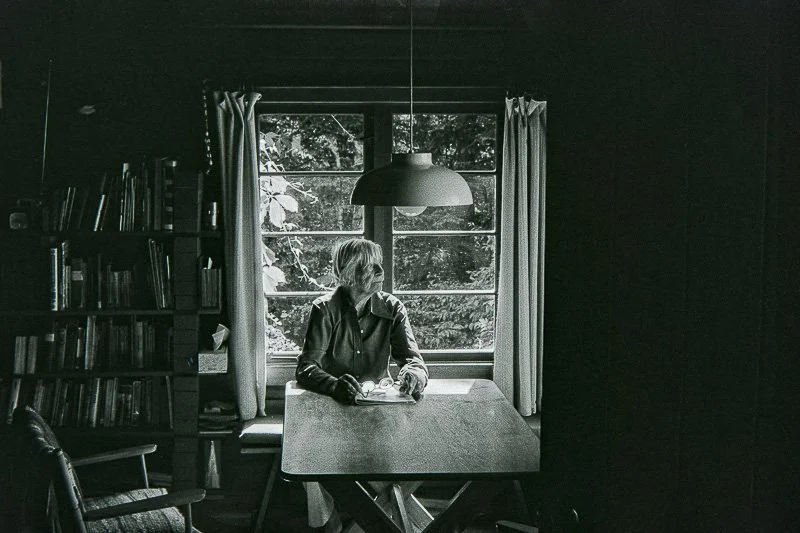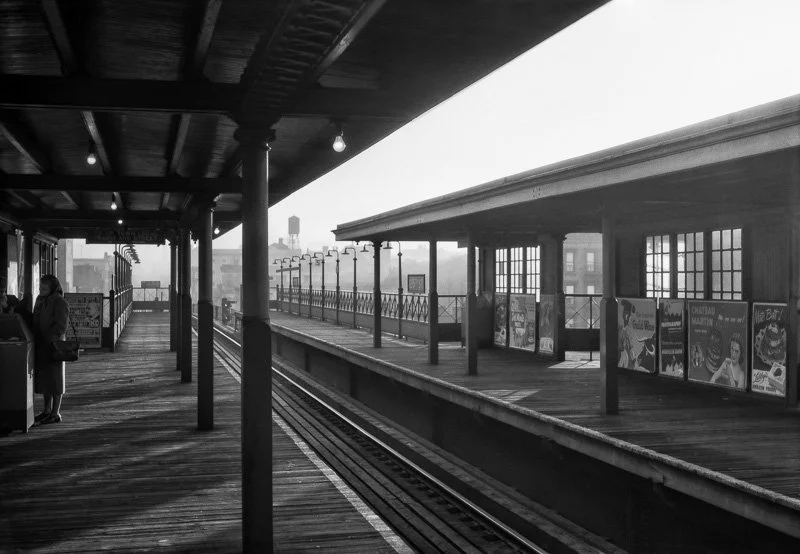Negative scanning - When and Why?
/One of the services I perform for clients—and enjoy the most—is scanning old prints, negatives, and slides. This process can bring new life to images that have been sitting in boxes or albums for years. In some cases, it allows people to see photos they may have never seen before.
Not only is it a wonderful way to revisit and share old family photos, but it is also the best way to ensure their preservation, especially when it comes to unique, one-of-a-kind prints, slides, or negatives.
A question I’m often asked is whether it’s better to scan from the original negative (if available) or from the print. The answer depends on what you intend to do with the images once they’ve been scanned.
When meeting with a client, one of the first things I ask is: What do you want to do with these photos? For example, if the goal is to share pictures on a web platform or send them to family members via email, large, high-resolution files aren’t necessary. In these cases, scanning the prints is sufficient.
However, if you’re considering creating a high-quality photo book or printing larger images, higher resolution and sharper files are essential. In such cases, scanning from the negatives is the better option, if they are available. This boils down to the concept of "generations." A print is a second-generation reproduction made from a negative (or sometimes a slide). The negative is the original and always provides a higher-quality scan, resulting in a more versatile and larger file.
Before having your photo collection scanned, it’s worth identifying any special images you might want to preserve at the highest quality—for instance, those you’d like to include in a photo book or print. I’ve often written and spoken about the importance of a legacy collection—a carefully curated selection of favorite photos that are used repeatedly for various purposes. For a legacy collection, scanning negatives is ideal because it provides the highest-quality digital files, which are better suited for future use and can be passed down through generations.
For medium- and large-format negatives, I use a high-end Epson flatbed scanner. For 35mm negatives—the most common format I encounter—I use a camera scanning setup. This setup includes a lightbox, a copy stand, and a high-end digital camera with a specialized lens. These methods produce high-quality scans with a broad tonal range, preserving fine shadow details and preventing highlights from being blown out.
The scans I create from negatives are, of course, negative images. There’s an additional step required to convert these into the positive images we’re used to seeing. I use specialized software designed for this purpose, which does an excellent job of conversion. However, I review each image individually and tweak any necessary adjustments to ensure the best possible result.
If you have a collection of old photos you’d like to scan and bring back to life, I hope this information helps you decide the best approach. If you have any questions or need assistance, feel free to reach out—I’d be happy to help.





